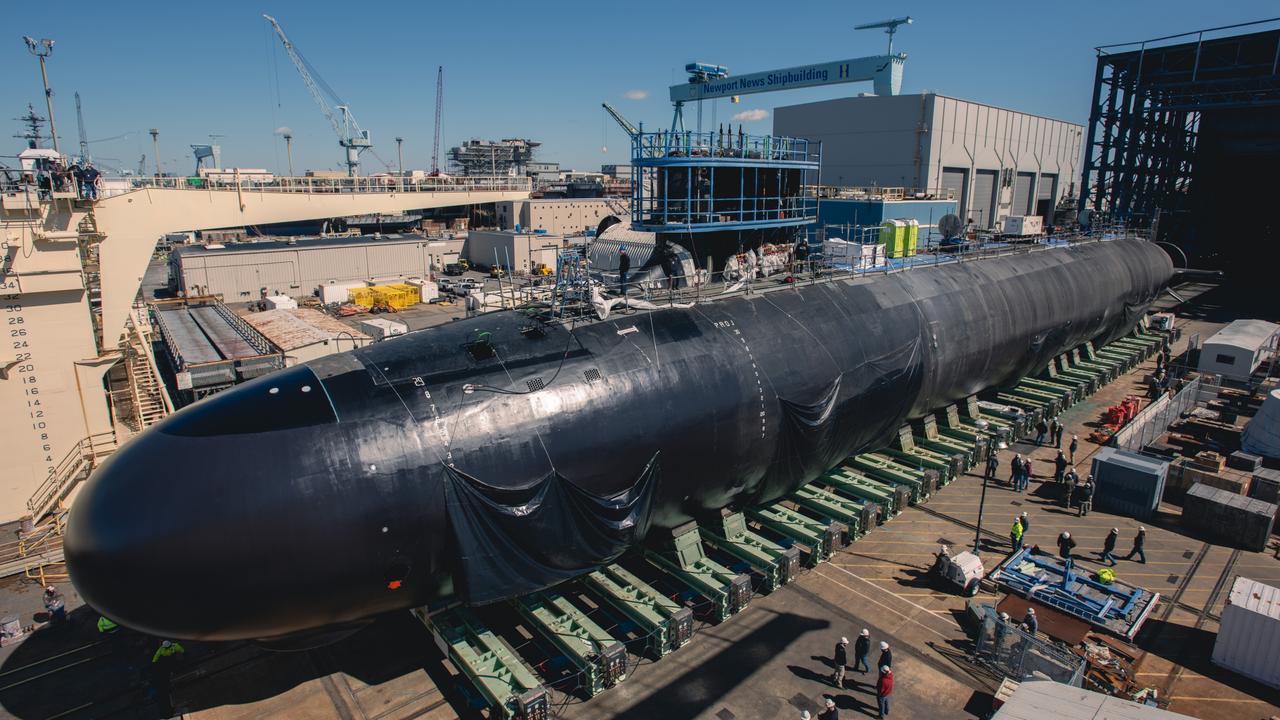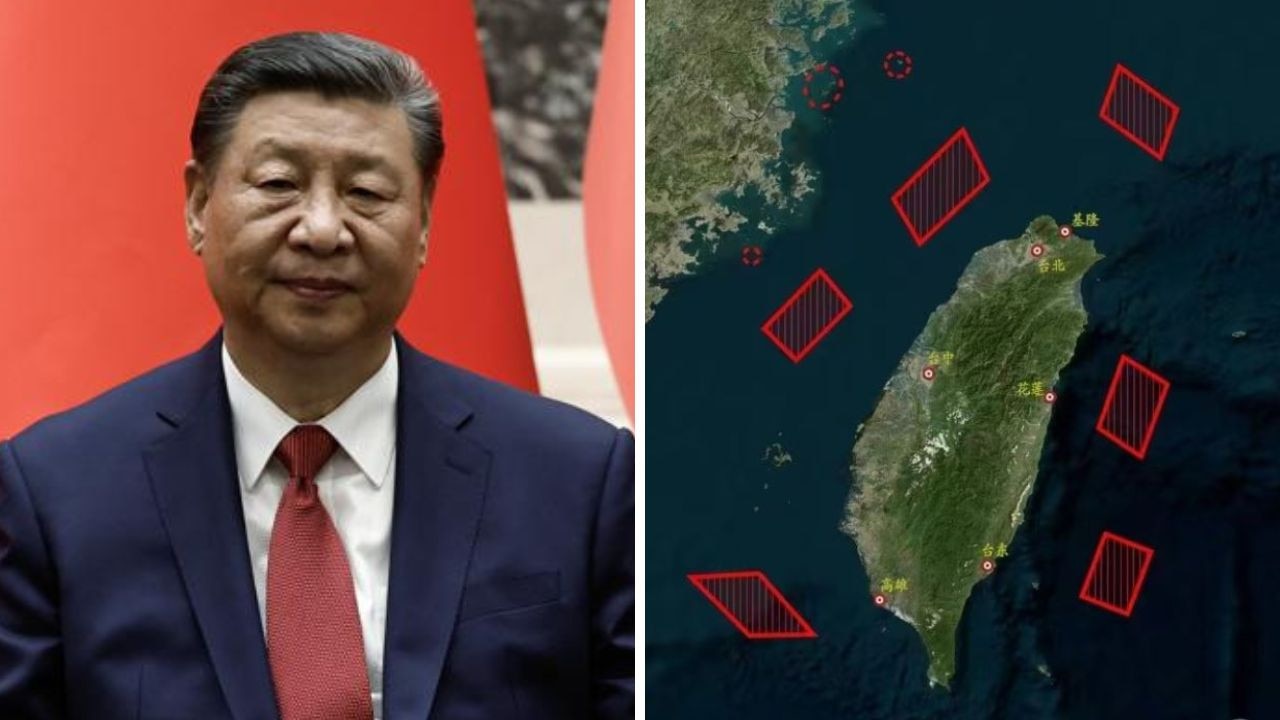Fresh doubts about what caused attack on Saudi Arabia oil plant
Iran has denied responsibility for an attack on the world’s biggest oil plant. But new photos raise doubts about what caused the damage.

Drones didn’t attack Saudi Arabia’s oil facilities. They were guided cruise missiles and initial examinations of their remains indicate — Iran made them.
As the aftermath of the attacks unfolded on Saturday afternoon, pictures began circulating among military and open source intelligence analysts.
They purported to show the wreckage of one of the “drones” successfully shot down by Saudi defences.
Those analysts immediately noted: That’s no drone.
Its shape was much sleeker. More complex.
The Arms Control Wonk website, made up of academics and analysts from a variety of international institutions, has pulled together the available — but tentative — evidence and reached a disturbing conclusion.
It is a cruise missile.
And it was made by Iran.
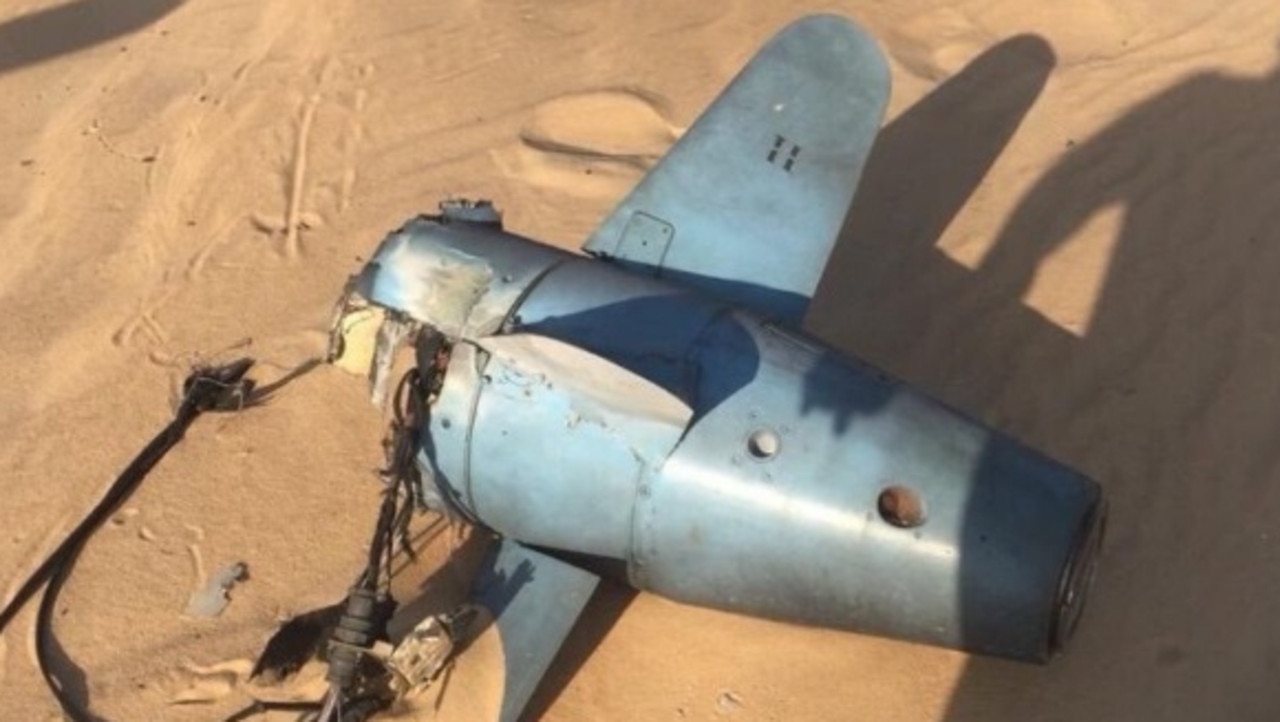
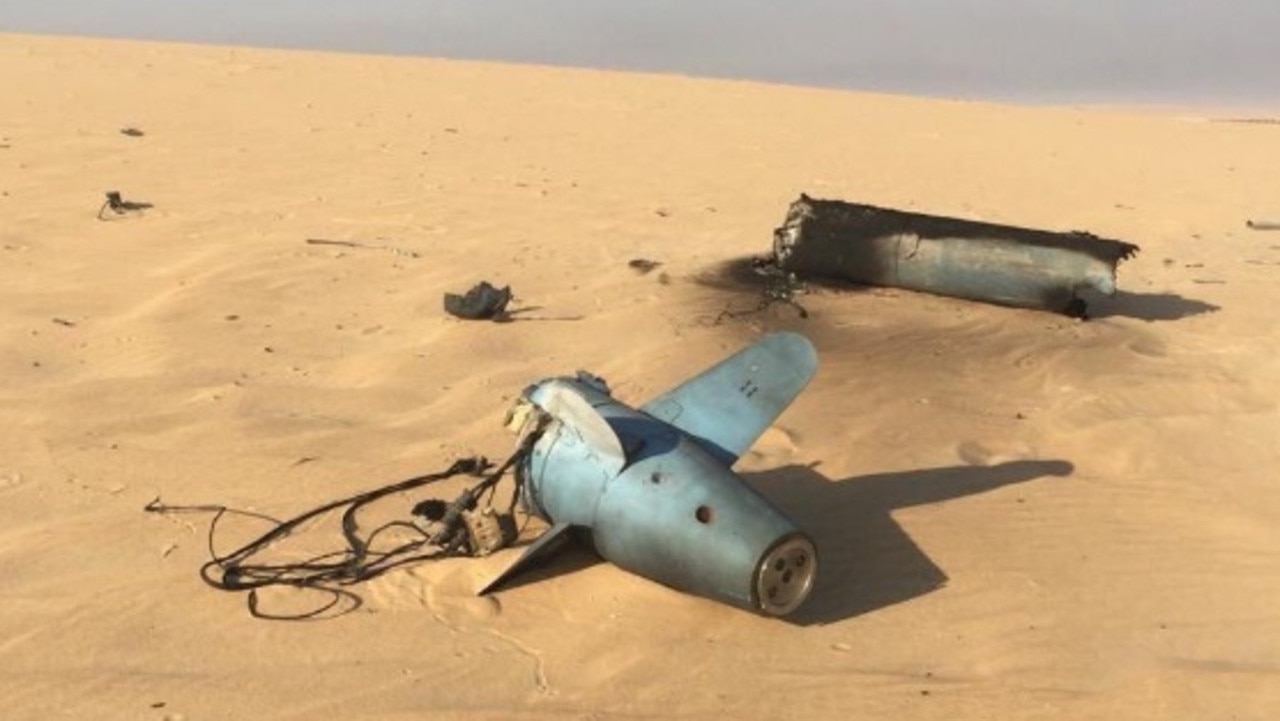
THE QUDS 1
The photos have not been verified. Their date is not confirmed. The location is unknown.
But a set of photos showing mangled and scarred debris scattered on blackened desert sands are enticing.
The immediate response among analysts was to identify the assembly of parts as an Iranian-made Soumar cruise missile. It is a design based on reverse-engineered Soviet-era KH-55 missiles illegally purchased from Ukraine in the 2000s.
But others argued the clues did not quite add up.
Instead, they say, it looks much more like the Quds 1, a cheaper Soumar-derived design recently proudly unveiled by Iranian-backed Houthi rebels.
“Do the pictures in the desert actually show a Quds 1? And is the Quds 1 really just a smuggled Soumar?” the Arms Control Wonk analysis asked.
The first use of the Quads 1 appears to have been in June this year when a missile fired out of Yemen struck the Abha Airport terminal in southern Saudi Arabia.
While the type used remains disputed, it shared many similarities to the Soumar family design.
Then, in July, the Houthis paraded what they declared to be their new arsenal of advanced weapons. Among them were an array of drones, rockets — and a new cruise missile named Quds 1 (Jerusalem 1).

“Differences between the Quds 1 and the Soumar include the entire booster design, the wing position, the Quds 1’s fixed wings, the shape of the nose cone, the shape of the aft fuselage, the position of the stabilizers and the shape of the engine cover and exhaust,” the analysis states.
“The differences in the shape of the aft fuselage and the position of the stabilizers make it clear that the wreckage in the desert is much more likely to be a Quds 1 than a Soumar.”
But the Quds 1 is believed to use a ripped-off version of a Czech commercial turbojet engine. This would give it far less range than the Soumar original.
Where the Soumar can cover some 1300km (roughly the distance from Southern Yemen to the Abqaiq facility), the Quds 1 can probably fly some 650km. This makes a launch site in Iraq or Southwest Iran much more likely.
“If the pictures showing the Quds 1 wreckage in Saudi Arabia are indeed connected to the recent Abqaiq attack, it would seem more likely that the attack originated from a place closer to Eastern Saudi Arabia than Northern Yemen — potentially Iraq, Iran or perhaps even from ships. But then again that is a big ‘if’ at the current moment,” the analysts wrote.
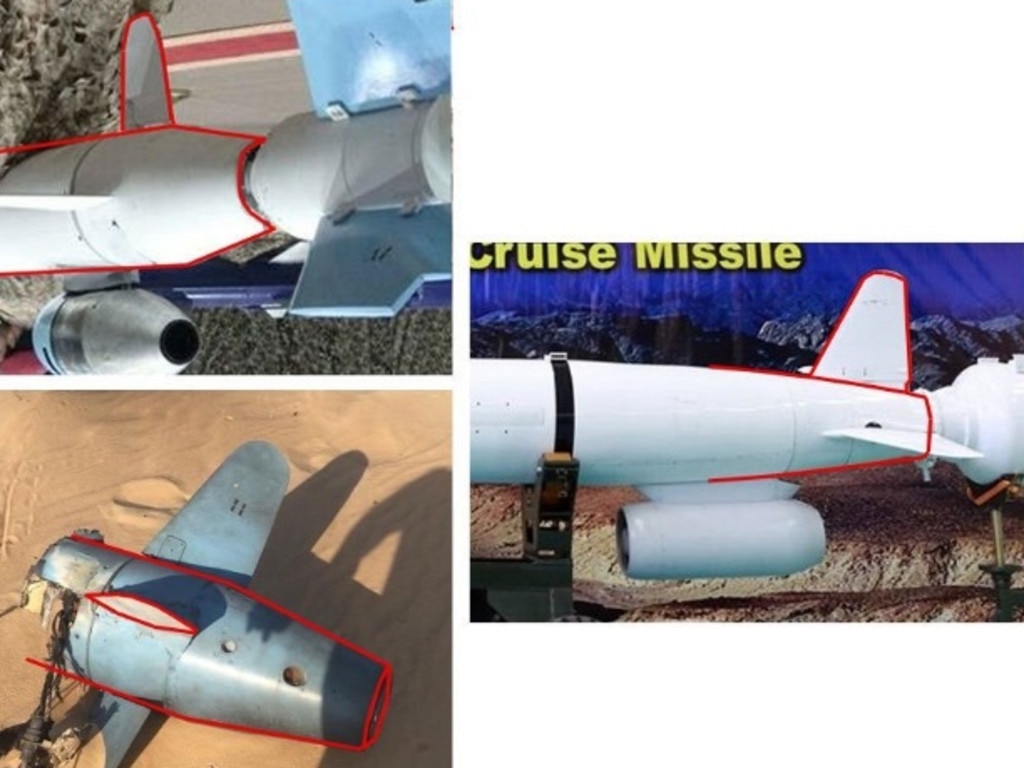
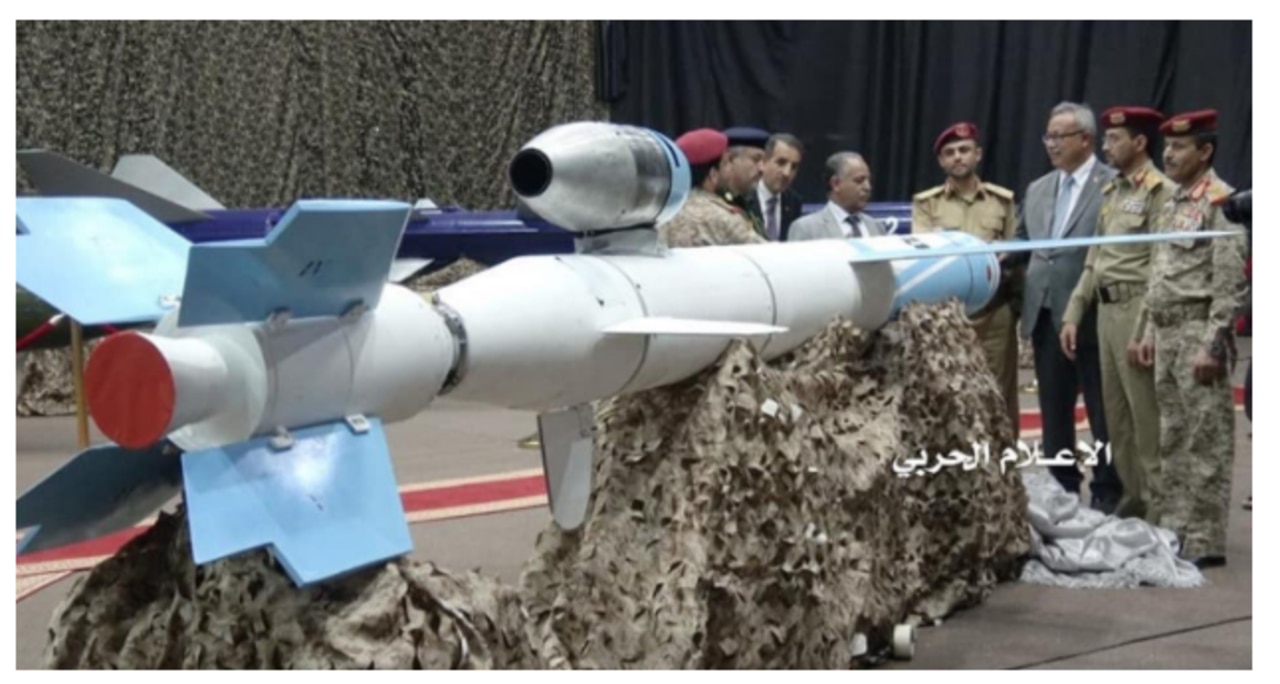
INFORMATION WAR
Yemen’s Iran-backed Houthi insurgents claimed responsibility for the weekend attack on the two Saudi Aramco oil plants.
It says it sent a flock of 10 “drones” to carry out the strike.
“We confirm that the Yemeni forces are the ones who hit the oilfields, and everyone knows our credibility, in every attack we announce,” Houthi spokesman Mohammed al-bukhaiti said today. “We don’t need to provide evidence.”
But the attack was reportedly detected coming out of Iraqi / Kuwaiti airspace. And military analysts don’t believe the war-wracked insurgents have the technology necessary to strike targets so far from Yemen’s borders accurately.
Now, US Secretary of State Mike Pompeo has accused Iran of being behind the raid.
There was “no evidence the attacks came from Yemen,” Mr Pompeo said in a tweet. However, he also is yet to provide any evidence it was Iran.
But international military analysts appear to be working on the assumption that the cruise missiles had been launched from Iran, following a course that brought them down along the coast from Kuwait. Or that Tehran’s allies inside troubled Iraq had fired them.
Iran immediately dismissed the allegation.
“Having failed at ‘max pressure’,” Iranian Foreign Minister Mohammad Javad Zarif tweeted, Mr Pompeo was instead “turning to ‘max deceit”.
But Tehran is already being blamed for a spate of mysterious attacks on oil tankers in the Persian Gulf. And, in June, the Iranian military shot down a US surveillance drone over the Strait of Hormuz.
That attack brought the US to the brink of launching a counterstrike. US President Donald Trump says only his intervention to “call back” the raid preserved the region’s uneasy peace.
Mr Trump warned the US was “locked and loaded” to respond to the attack. He said he was awaiting verification and indications from Saudi Arabia on how to proceed.
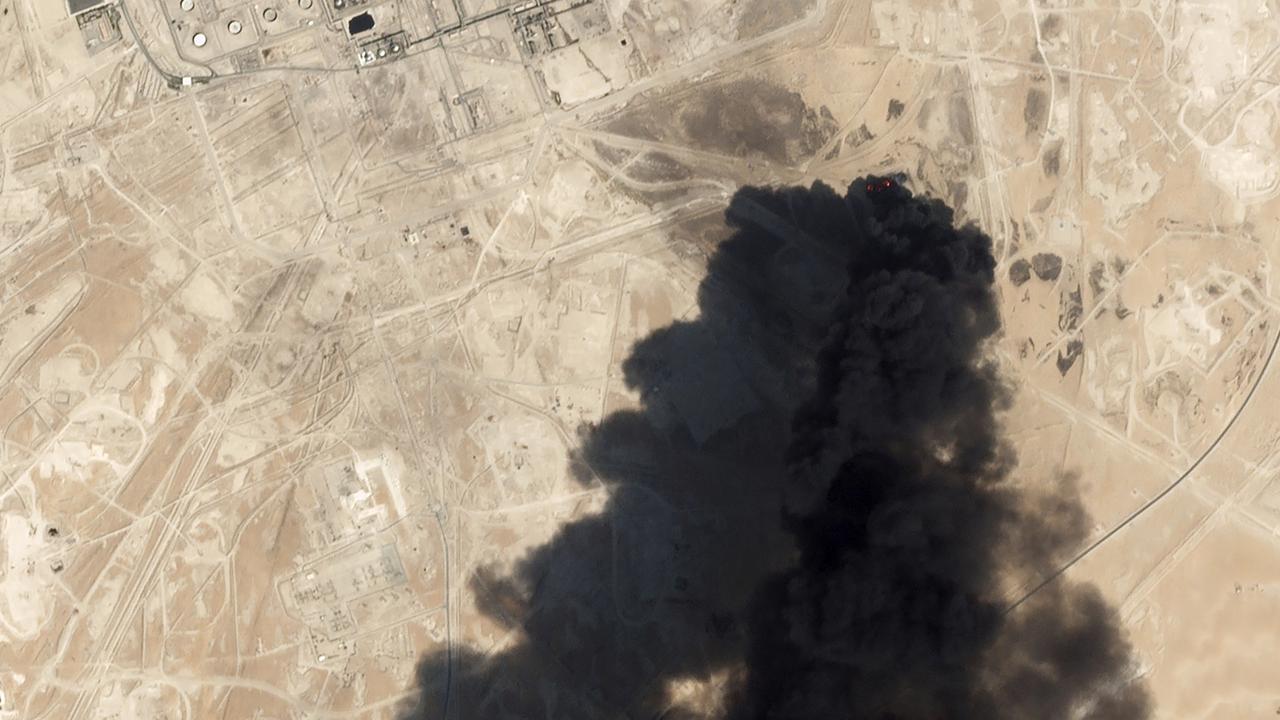
MISSILE THREAT
Iran has been increasingly boastful of its improved arsenal in recent years.
“Everybody should know that all American bases and their aircraft carriers in a distance of up to 2000 kilometres around Iran are within the range of our missiles,” the head of Iran’s Revolutionary Guards Corps Aerospace Force Amirali Hajizadeh warned overnight.
This is tacit confirmation the nation can target Saudi infrastructure.
But taking overt, direct action against such internationally significant facilities would be an open invitation for war.
So, Iran may be seeking “plausible deniability”.
As yet, the Quds 1 cruise missile has not been seen in Iran.
This gives Tehran the ability to deny it fired the weapon or is its source.
It follows a previously established pattern where weapons similar to Iranian designs, but not the same, have been used, against Saudi Arabia.
Last year, a United Nations inquiry into Yemen’s brutal civil war found Iran most likely supplied missiles fired from Houthi-controlled areas, which were shipped to the rebels in component parts.
Now, the appearance of the Quds 1 represents a significant leap forward in the lethality of weapons in rebel hands.
And it raises more questions than it answers.
“Is Iran secretly designing, testing and producing missile systems for exclusive use by its proxies?” the Arms Control Wonk analysts ask.
“We might have to wait for Tehran Timmy to show up in Sanaa or the Donald to tweet another high-res satellite pic to find the answer.”


